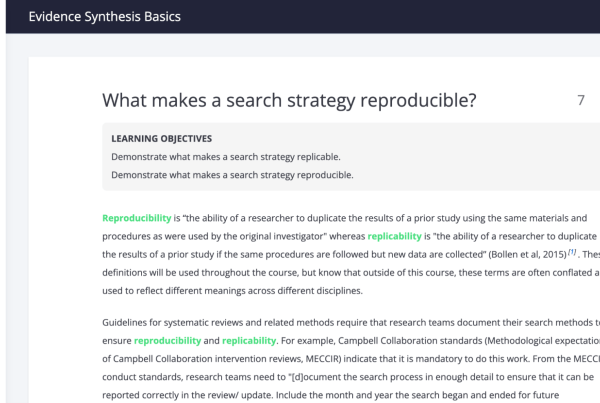The Minnesota Supreme Court cited Mapping Prejudice in its decision on whether racial imbalances in Minneapolis and St. Paul public schools violate the Education Clause of the state constitution.
Writing for the majority in Cruz-Guzman v. State of Minnesota, Associate Justice Margaret Chutich argued that racial imbalances alone do not violate the Education Clause. Parents must prove that “the racial imbalances are a substantial factor in causing their children to receive an inadequate education.”
The Education Clause states that “it is the duty of the legislature to establish a general and uniform system of public schools,” and that the legislature “will secure a thorough and efficient system of public schools throughout the state.”
In 2015, Alejandro Cruz-Guzman and a group of parents brought a class action lawsuit against the state, as well as the Minnesota Department of Education and the Minnesota Legislature, arguing that de facto racial segregation in public schools in the Twin Cities have led to worse education outcomes for students of color compared to their white peers, which violates the Legislature’s duty to provide an adequate education.
The parents and the Minnesota Department of Education settled the case in 2021, with both parties agreeing to a proposed bill to improve educational outcomes for students of color and impoverished students. However, the state legislature did not pass the bill, so the case returned to the courts.
While Chief Justice Natalie Hudson, the first Black woman seated on the court, applauded much of the majority opinion, she argued that “de facto segregation in Minneapolis and Saint Paul public schools is sufficient, standing alone, to establish a violation of the Education Clause.”
In her dissenting opinion, Hudson claims that the court’s distinction between de facto segregation, or “racial imbalance,” and de jure segregation, or “intentional segregation,” doesn’t hold under historical scrutiny.
“De facto segregation is a direct byproduct of decades of state action and inaction,” she writes.
Racial covenants ‘cemented’ neighborhood segregation
“De facto segregation is a direct byproduct of decades of state action and inaction.”
—Chief Justice Natalie Hudson
To support her claim, Hudson examines the history of housing discrimination in the Twin Cities, citing “Racial Housing Covenants in the Twin Cities,” by Kirsten Delegard, the project director and co-founder of Mapping Prejudice.
Hudson argues that racial covenants, which spread across the Twin Cities between 1910 and 1955, were enforced by state actors and cemented housing and neighborhood segregation.
“I encourage readers to explore the Mapping Prejudice Project at the University of Minnesota,” Hudson writes in a footnote. The project website features maps, narratives, and resources for community members who want to learn more about the history and its legacies.
Racial covenants kept people who were not white out of many neighborhoods. And the neighborhoods that did not have covenants were redlined, which meant that it was hard for the people who lived there to get loans. Covenants worked with discriminatory lending practices to keep people who were not white from becoming homeowners. These same practices enriched some neighborhoods and impoverished others.
Racial covenants and redlining have both been illegal since the Fair Housing Act. But the patterns and disparities created by these practices persist today. Neighborhoods that once had covenants are still overwhelmingly white. And the racial composition of neighborhood schools reflects that imbalance, Hudson said.
“Where racially segregated neighborhoods exist, the historical result has been racialized disparities in academic outcomes,” Hudson wrote.
This state supreme court’s ruling this week overturned a state court of appeals decision that only “intentional, de jure segregation” would violate the Education Clause. Now, the parents will not have to prove that the state caused these racial imbalances, or intended to cause them.
But the parents must provide evidence that racial segregation has led to worse outcomes for students of color in the Twin Cities. The case has been sent back to the district court to answer this question.





